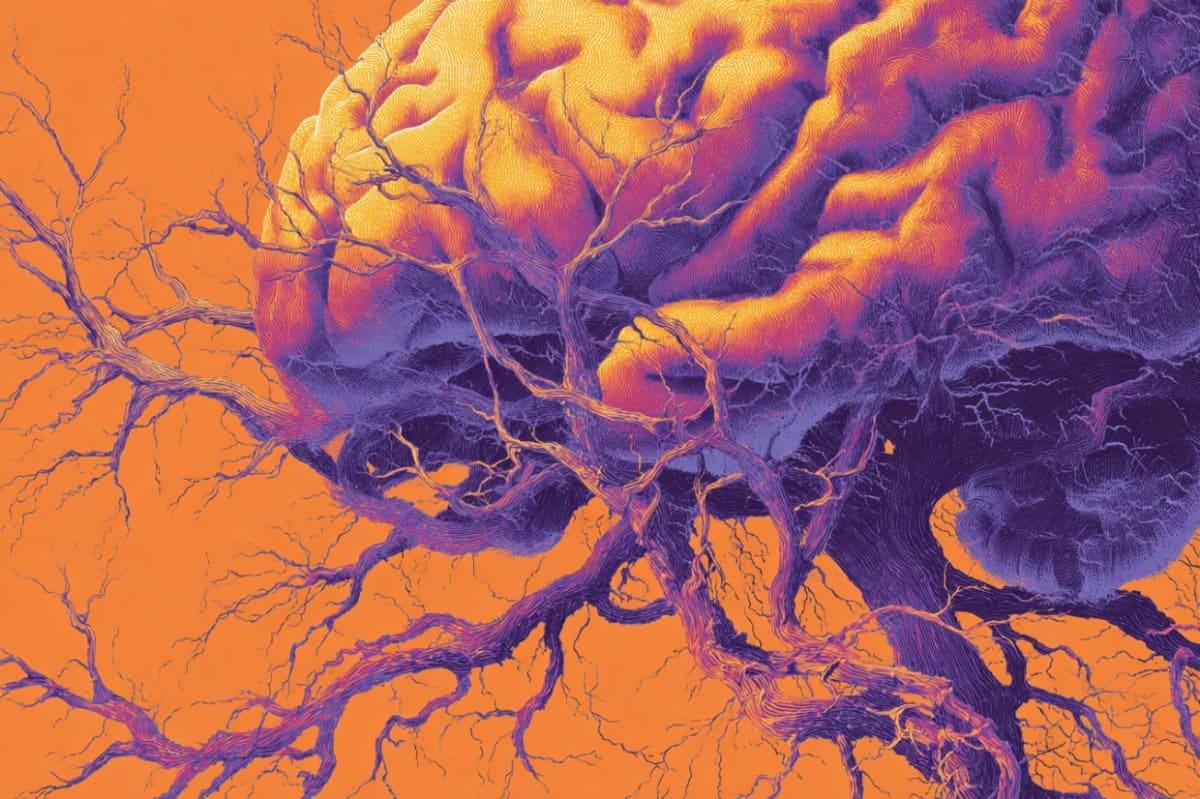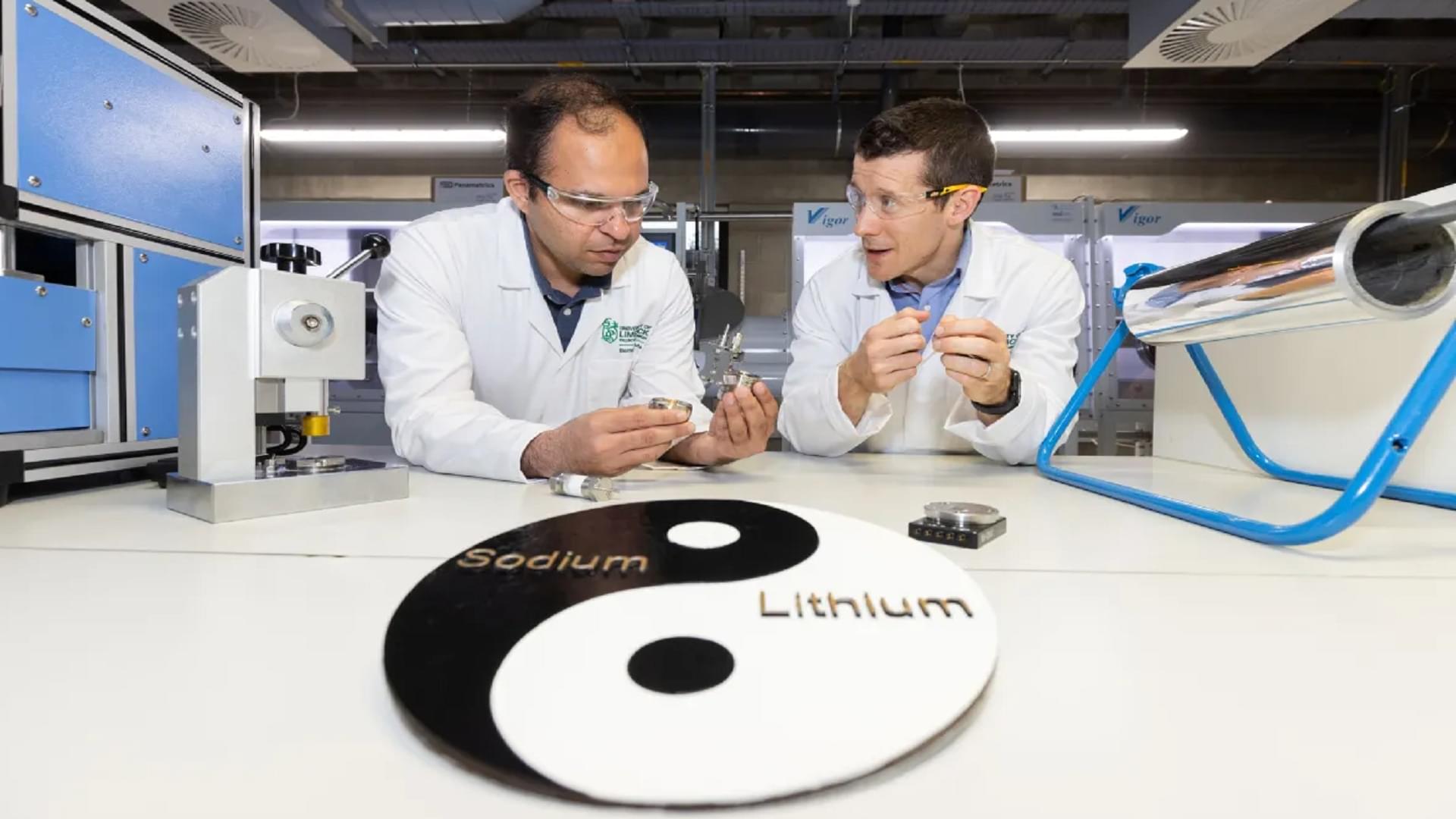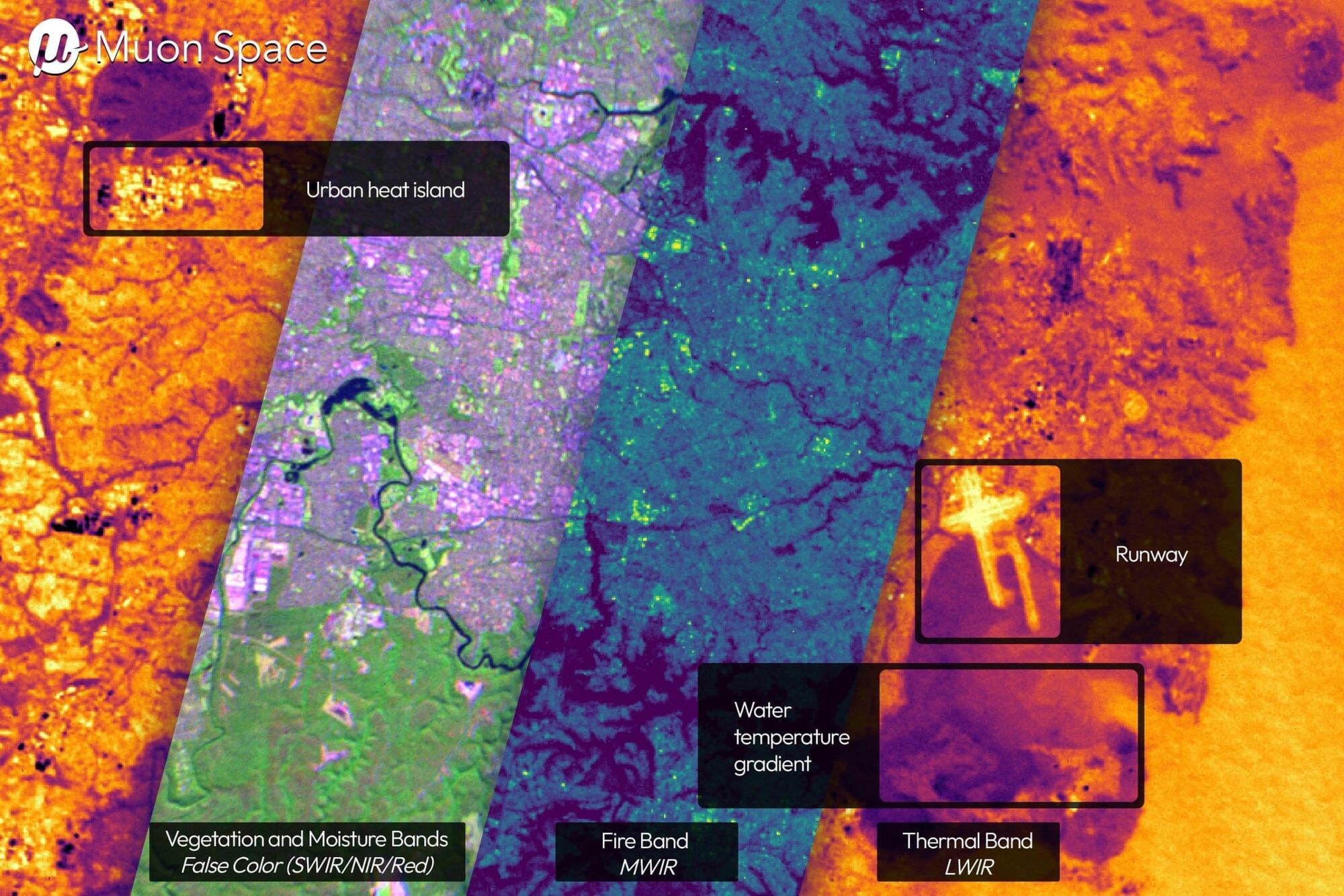A new study reveals that sleep-like slow-wave brain activity can persist for years in surgically disconnected brain hemispheres of awake epilepsy patients.




Researchers in Germany have discovered that tiny quantum engines can beat traditional efficiency limits set by Carnot’s theorem.

EPFL researchers have demonstrated the first pill-sized bioprinter that can be swallowed and guided within the gastrointestinal tract, where it directly deposits bio-ink over damaged tissues to support repair.
Soft tissue injuries of the gastrointestinal tract, like ulcers or hemorrhages, can currently be treated only with some form of surgery, which is invasive and may not result in permanent repair. Bioprinting is emerging as an effective treatment that deposits biocompatible “ink”—often made of natural polymers derived from seaweed—directly over the site of tissue damage, creating a scaffold for new cell growth. But like traditional surgical tools, these kinds of bioprinters tend to be bulky and require anesthesia.
At the same time, “untethered” technologies are being developed to perform medical interventions without a physical connection to external equipment. For example, ingestible “smart capsules” can be guided to drug delivery sites using external magnets. But these devices are designed to travel through liquids, and their movements become unpredictable when they touch the tissue wall.




face_with_colon_three Year 1998
In ancient Greece, immortality was the province of gods who spun the length of each lifetime. The myth has a kernel of truth, because the ends of chromosomes are protected by specialized stretches of DNA called telomeres. Once these are snipped too much by imperfect copying, a cell goes into senescence and stops dividing. Now two reports show that, with the help of an enzyme called telomerase, human cells can divide forever in the laboratory without turning cancerous. The findings, reported in the January issue of Nature Genetics, could ease the way to new treatments for burn victims, diabetics, and patients with other diseases.
Researchers hoped that adding telomerase would keep cells dividing long enough to replace tissues lost to injury or disease. Normal cells often have proved impractical because they can only divide a limited number of times in culture, and once returned to the body they’re often too old to do much good. The limitation may be that normal cells do not produce active telomerase, which can rebuild the telomeres and keep cells from becoming senescent.
In fact, about a year ago, Jerry Shay and his colleagues at the University of Texas Southwestern Medical Center in Dallas showed that adding the enzyme to normal connective tissue cells called fibroblasts extends their life-span (Science NOW, 13 January 1998). These cells have now lived three times longer than normal in the lab, and they are still going strong. But because cancer cells contain telomerase and also live forever, scientists worried that the newly immortal cells would become malignant when implanted in humans.